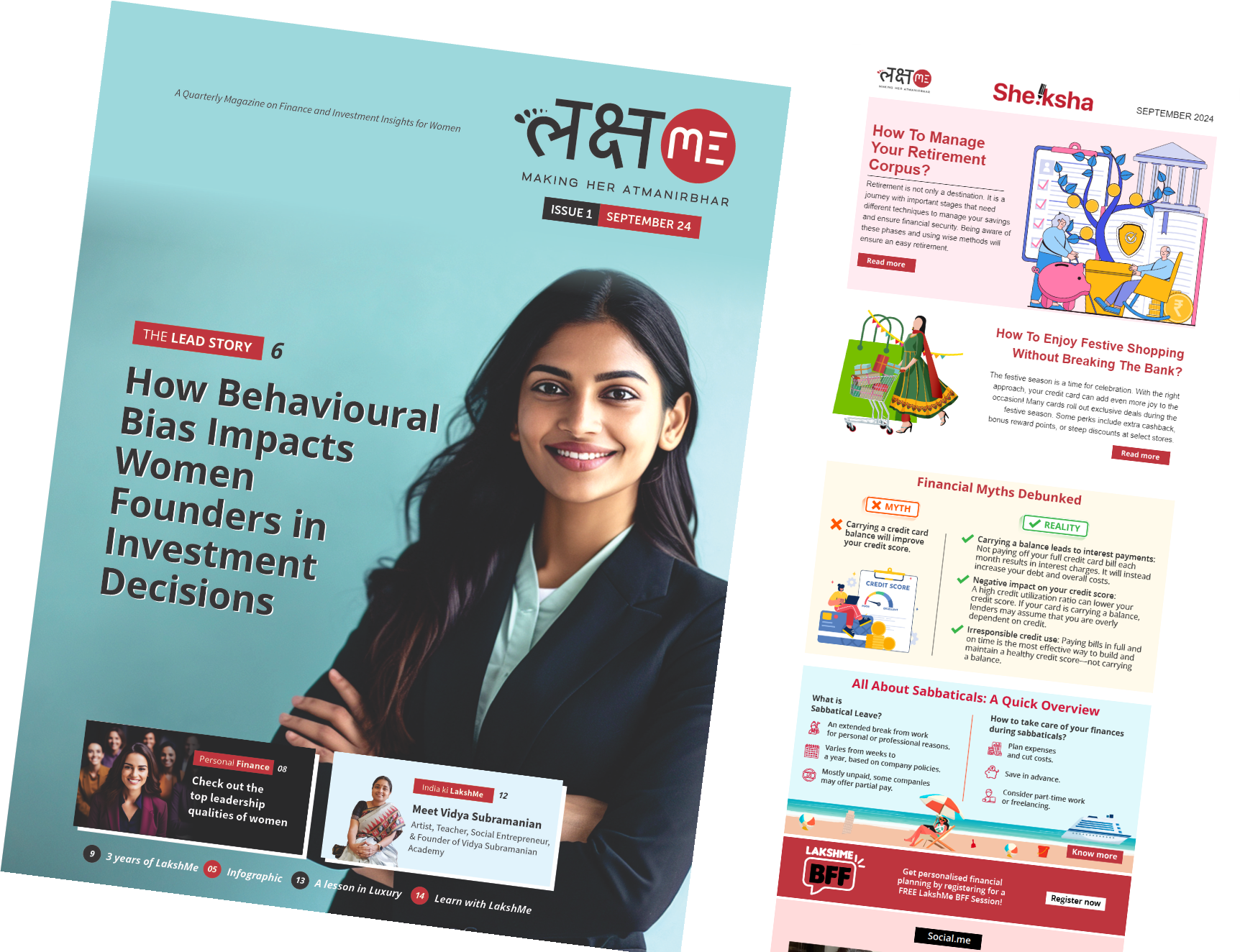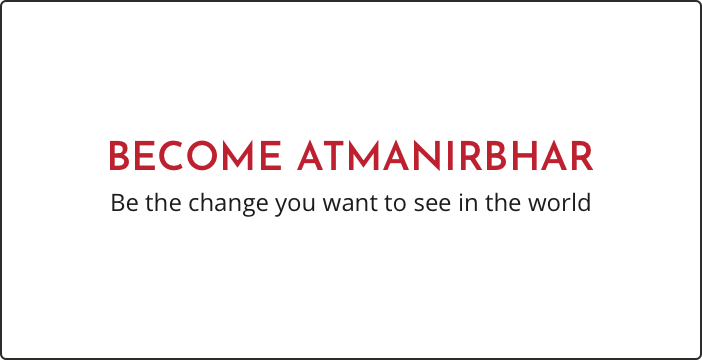Motor Insurance: Third-party premium likely to increase
General insurance companies in India have approached the IRDAI for raising the premium of Third-party insurance (TP insurance) *. If IRDAI accepts the proposal, then motor vehicle owners have to pay a higher premium for TP insurances starting from April 1st, 2022. The insurers didn’t increase the premium in the last two years due to the pandemic situation. So, what is TP insurance and how does it work? Let’s find out.
What is Third-party insurance? Why is it increasing?
A third-party (TP) insurance for motor vehicles is a mandatory requirement as per Motor Vehicle Act in India. The beneficiary of this insurance policy is the person who is neither the owner of the vehicle nor the insurer but the person who gets affected by the owner of the vehicle.
For instance, if you hurt someone with your vehicle while driving on the road, the third-party insurance policy will help you pay for the damage caused to that person. You as the policyholder won’t get any sum insured or coverage from this policy. TP insurances basically cover the legal liability of the insured person for the death or disability of a third party or damage caused to the property of the third party.
IRDAI increases the premium of third-party insurance from time to time to help the insurance companies manage their costs efficiently. However, in the last two years, the premiums haven’t been hiked due to the pandemic and widespread economic distress. General insurance companies now have approached IRDAI as they are finding it tough * to keep up with the rising cost of repairs, replacements of vehicles and especially after the supreme court’s verdict on paying third-party insurance claims even if the vehicle was with a hirer * during an accident.
What does TP premium depend on?
Third-party insurance premiums primarily depend on the capacity of the engine of your vehicle. For instance, at present, owners of private cars having an engine of 1000 cc or less, pay Rs. 2072 *. It is the same across all the insurance providers as it is fixed by IRDAI. Similarly, the premium goes up as your vehicle’s engine capacity increases.
The present third-party premiums for different engine capacities and types of vehicles for private owners.
| No. | Description of Vehicle Class | Premium with effect from 16th June 2019 (Rs.) |
| 1 | Private Cars* | |
| Not exceeding 1000 cc | 2,072 | |
| Exceeding 1000 cc but not exceeding 1500 cc | 3,221 | |
| Exceeding 1500 cc | 7,890 | |
| 2 | Two Wheelers | |
| Not exceeding 75 cc | 482 | |
| Exceeding 75 cc but not exceeding 150 cc | 752 | |
| Exceeding 150 cc but not exceeding 350 cc | 1,193 | |
| Exceeding 350 cc | 2,323 | |
*Vintage cars: A discount of 50% shall be allowed for private cars under Vintage cars segment certified as Vintage cars by Vintage & Classic Car Club of India.
Source: IRDAI *
Impact on consumers
As proposed by the insurance companies, they want to hike the premiums by at least 15% to 20% *. For example, if the premiums are hiked by 20% then as per the given rate for private cars of 1000 cc or less the premiums can go up to Rs. 2486.40 (Rs.2072+20%). Similarly, the other premiums can also go up if IRDAI accepts the proposal and increases the premium of Third-party insurance policies.
For the consumers, it means increasing expenses on their motor vehicle insurance policies. However, Third-party insurance is a statutory requirement in India. If you drive a vehicle without motor vehicle insurance and if caught, you can be imprisoned and pay a fine as well *.
Do you have any questions? Write to us











